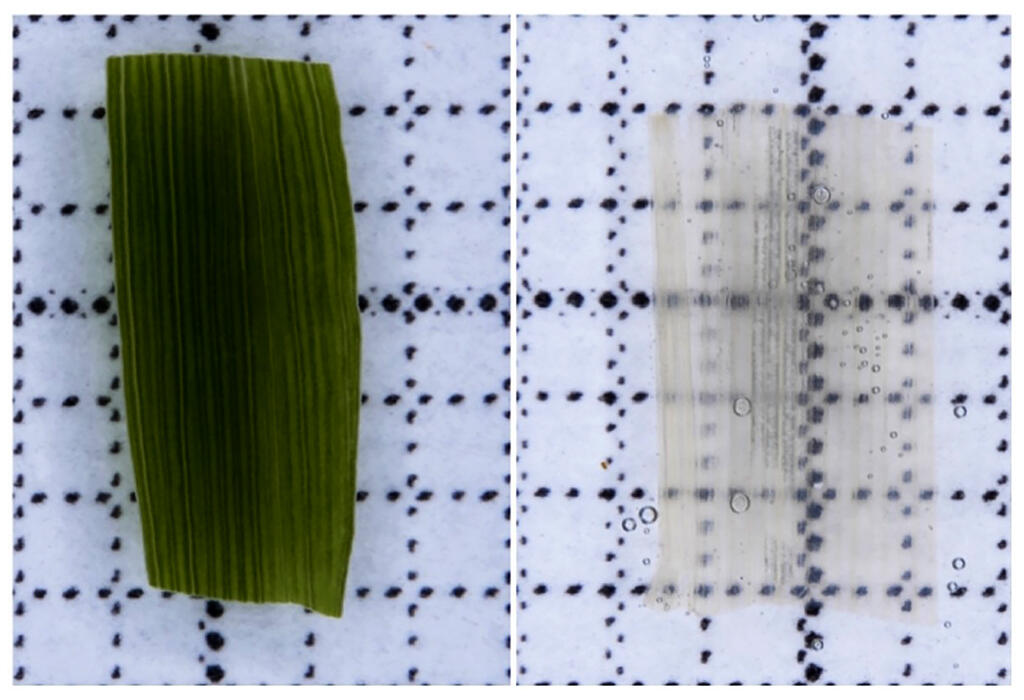A research group from the Graduate School of Science, Osaka University and the Graduate School of Frontier Sciences, the University of Tokyo under the leadership of Professor Yuki Sakamoto and Professor Sachihiro Matsunaga, respectively, successfully developed the "iTOMEI", method. iTOMEI is a method used for clearing tissues and organs in both animals and plants. Reviewing and improving each step of the conventional clearing method enabled the research group to clear the tissues and organs of animals and plants while still maintaining the fluorescence intensity of fluorescent proteins.

Modified from Sakamoto Y. et al. (2022) Commun. Biol. 5, 12
Imaging and analyzing plant tissues and organs had been challenging as the chloroplasts in the plants contain chlorophyll, which autofluoresces, thereby interfering with imaging and analysis. Multiple surfactants were evaluated for their ability to remove the autofluorescence from chlorophyll. The researchers showed that caprylyl sulfobetaine removed the autofluorescence caused by the chlorophyll pigment. Furthermore, treatment with caprylyl sulfobetaine had no effect on the fluorescence intensity of fluorescent proteins expressed in the plant. Using this method, three-dimensional imaging and analysis of the internal structure of tissues containing chloroplasts was feasible. Analysis of fluorescent protein expression of cells located deep in plant tissues was also achieved.
Another obstacle is the decrease in fluorescence intensity of fluorescent proteins when a tissue or an organ is fixed. This was resolved by applying weak alkali treatment to fixed tissues and organs, thereby recovering any loss of fluorescence intensity. The recovered fluorescence intensity persisted even after the transparency treatment. Furthermore, it was found that the most suitable encapsulant for microscopic observation was iohexol, which is commonly used as a contrast medium for computed tomography (CT) scan.
The iTOMEI method cleared tissues and organs from plants such as rice, Arabidopsis thaliana, and liverwort within 27 hours while maintaining the fluorescence intensity of fluorescent proteins. Proteins expressed in the water channel and protoxylem in the middle portion of rice roots were also analyzed without the requirement of sections. Previously, sections of the thallus of liverwort were required for analysis. However, using the iTOMEI method, analysis of fluorescent protein expression of cells located deep in plant tissues was possible without the requirement of sections. Using the iTOMEI method, the clearing of murine brains was performed in less than 48 hours.

Modified from Sakamoto Y. et al. (2022) Commun. Biol. 5, 12
Detection of fluorescent proteins using the cleared brain was performed by microscopy. This enabled the detection of fluorescent proteins localized in cells at a depth of 3 mm below the cerebral cortical surface. Furthermore, the fluorescence of fluorescent proteins in the cell bodies, axons, and dendrites of the hippocampus and cerebral cortex could also be clearly detected. Professor Matsunaga stated: "By making plant organs such as rice and moss, and the brain of mice transparent, it is possible to analyze fluorescent proteins in stem cells and nerve cells with minimal changes in fluorescence intensity. By using this clearing method, it is possible to analyze fluorescent proteins expressed in the body or deep inside the organ without damaging the organ or tissue. We hope that this method will contribute to the improvement of crop varieties and the promotion of the development of brain diagnostic technology."
This article has been translated by JST with permission from The Science News Ltd.(https://sci-news.co.jp/). Unauthorized reproduction of the article and photographs is prohibited.




